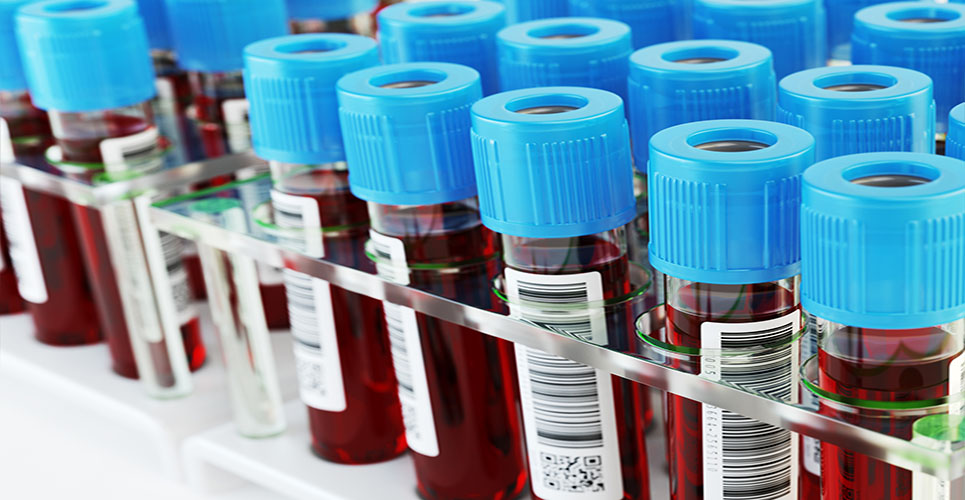teaser
Roche has announced the launch of its new CoaguChek XS Connect device, which makes anticoagulation therapy monitoring with the CoaguChek XS system even more convenient, whether at home or in the doctor’s office.
Oral anticoagulation therapy is an important treatment for patients with specific medical conditions; such as mechanical heart valves, atrial fibrillation or thromboembolic venous diseases. Frequent monitoring to support drug dosing adjustments and also to stay within the therapeutic range has proved to be an essential element in the success of any therapy. With the help of the CoaguChek XS Connect system, review of the patient’s test results, recognition of trends, and confident decision-making become easier.
Involving patients in the management of their condition has many benefits, as has been proven for patients with diabetes and patients on oral anticoagulation therapy. The CoaguChek XS system facilitates coagulation monitoring with on-the-spot results at the doctor’s office or at the patient’s home. The CoaguChek XS Connect system is helpful in getting an overview of the coagulation monitoring test results and therefore is key to a successful therapy.
“The new CoaguChek XS Connect device has been designed to make these tasks easy, fast and convenient,” said Patrick Wieghardt, Product Manager at Roche Professional Diagnostics. “Only three steps are required to download test results from a CoaguChek XS meter to a computer. This means reduced risk of incorrect result-reporting, and an easy-to-review overview for patients and healthcare professionals within seconds.”
The device provides customizable reports and trend graphs, which can be reviewed on the computer screen, stored and printed out. Only minimum computer literacy is required. No software needs to be installed – simply plugging the device into a USB port is all that is required. The USB port also provides the power for this battery-free device.
With the CoaguChek XS Connect system, results from the memory of the CoaguChek XS instrument can also be viewed, for example with Microsoft Excel, stored or sent by e-mail. Data transfer to other software applications allows healthcare professionals to collect and further process patient data in their own office’s IT environment.

